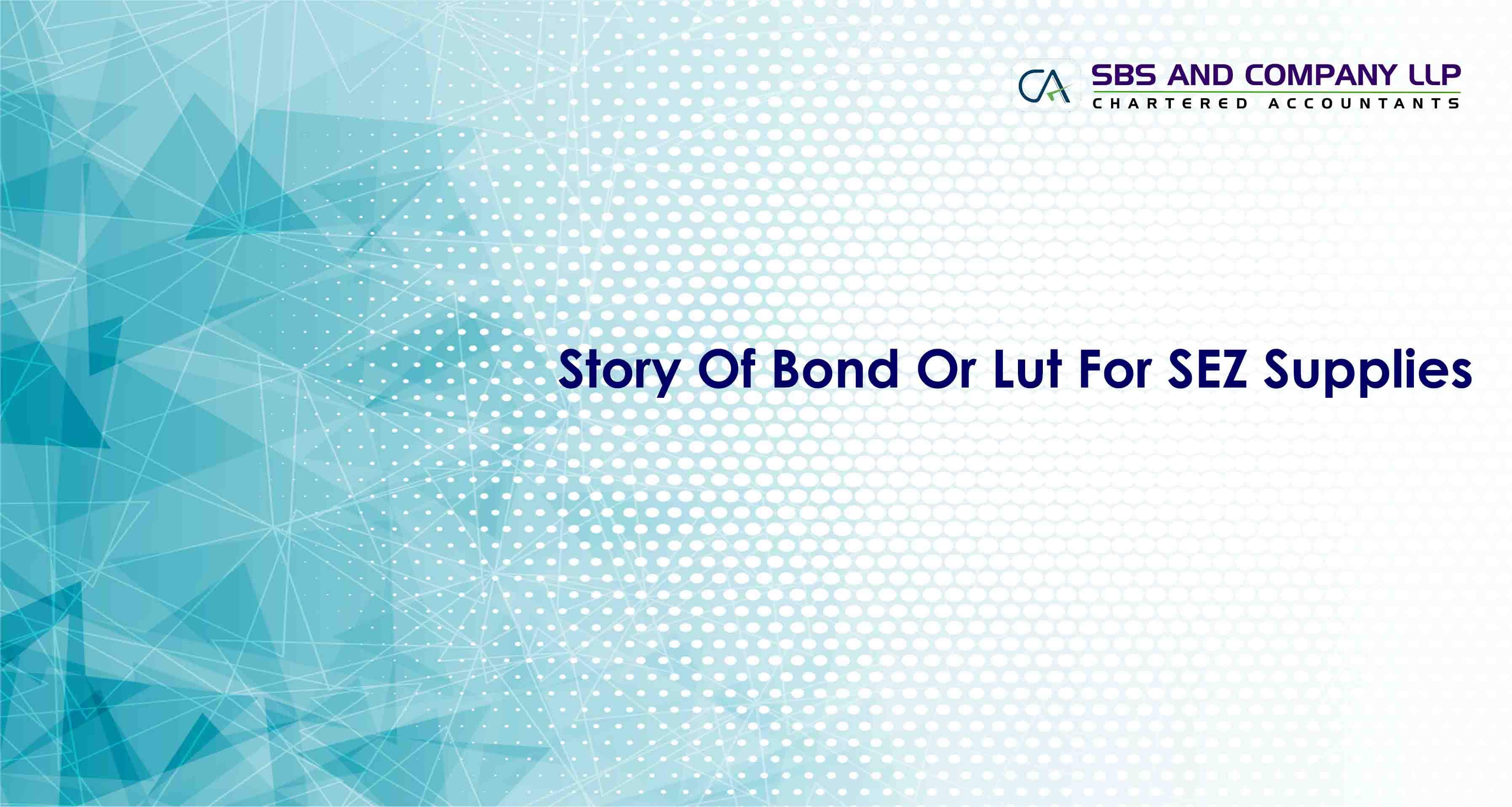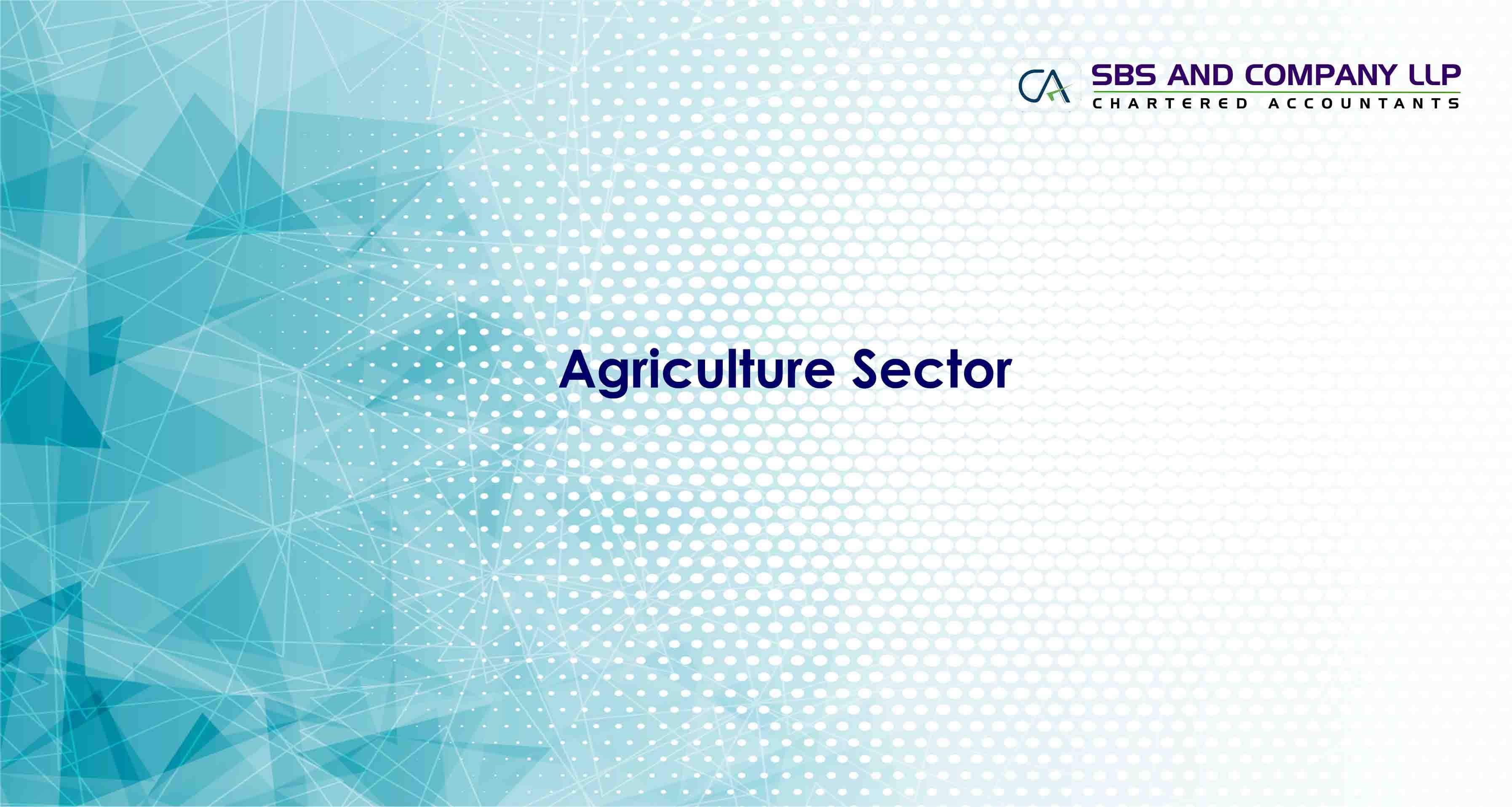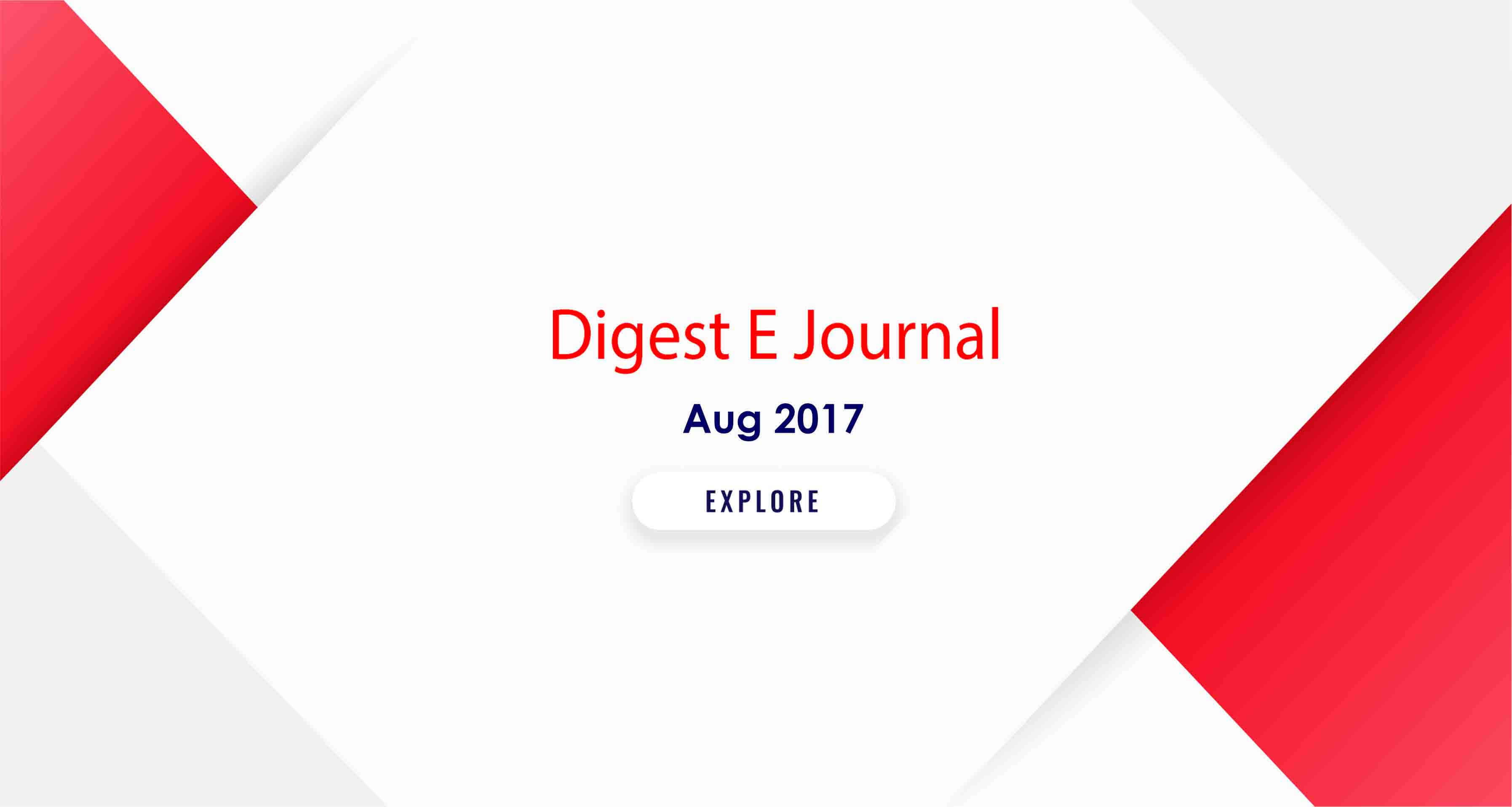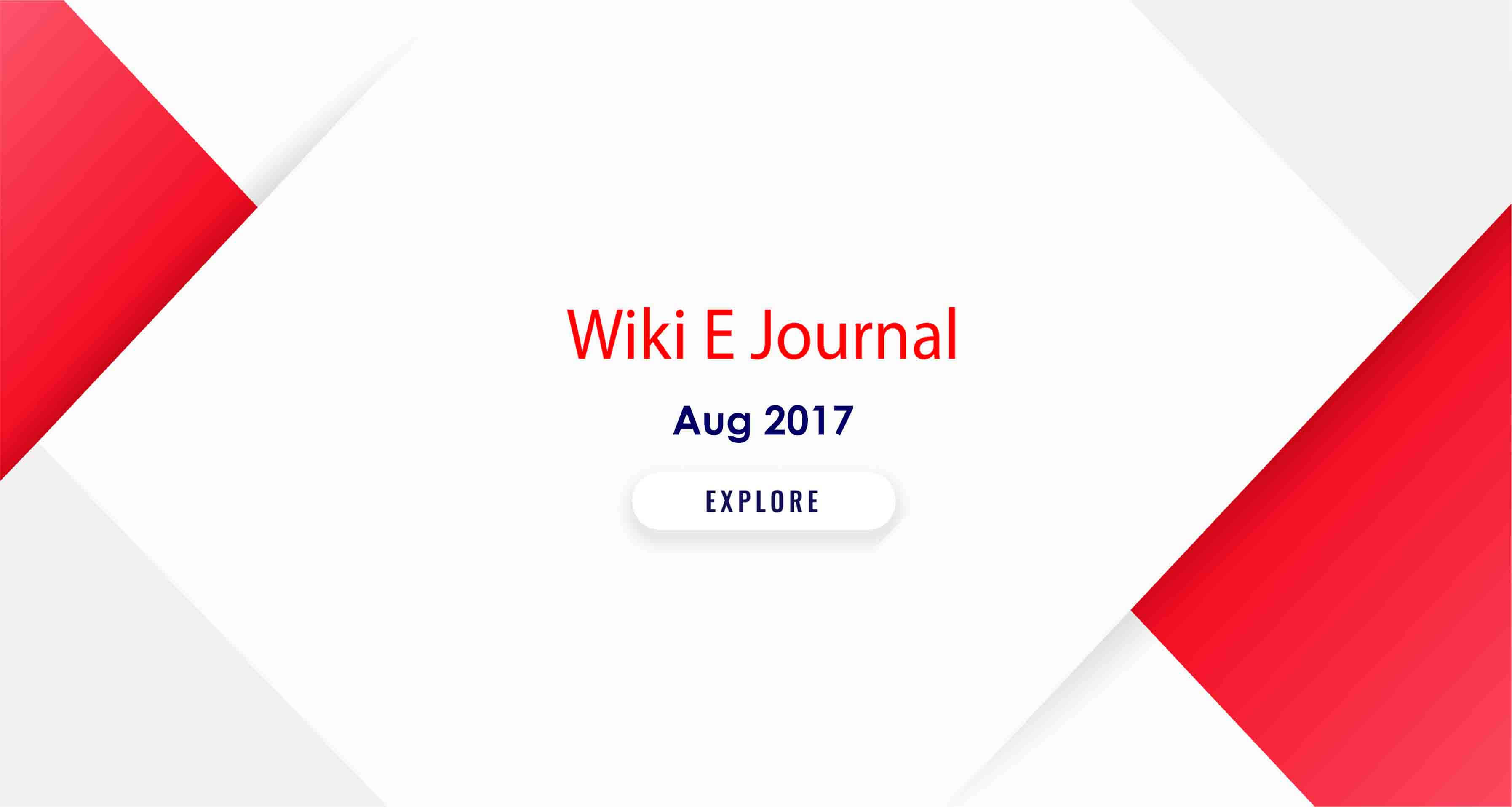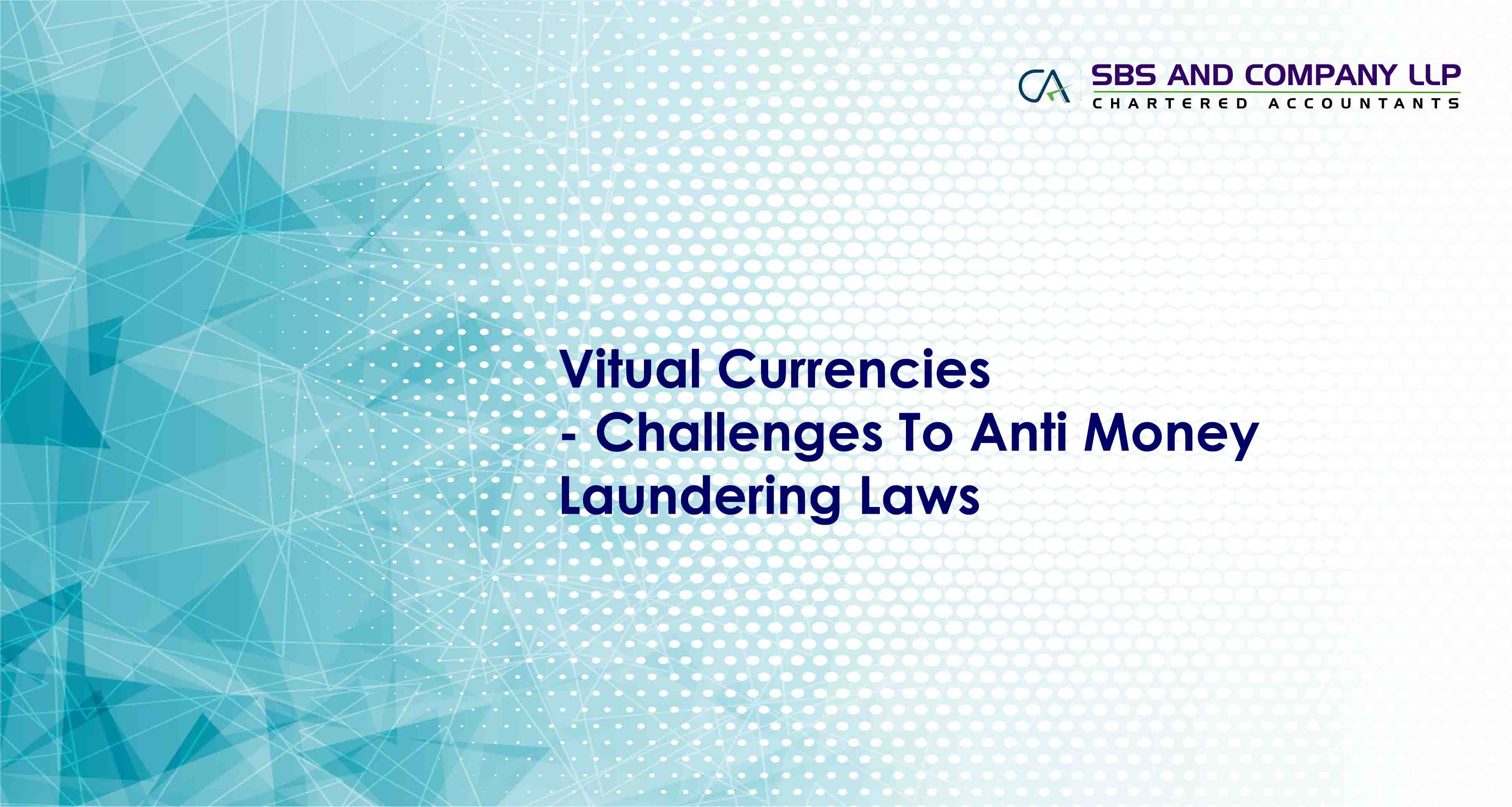Today’s world is a world of misinformation, misinterpretation and misleading with the advent of rapid communication and social networking tools. Majority of the law now is understood either from Facebook, Whatsapp or YouTube. The irresponsible sharing of messages, without investing time to validate the messages has creating a lot of trouble for the entire human race irrespective of the field we are in.
The Government has introduced the Goods and Services Tax (GST) with effective from 01st July, 2017. Undoubtedly, GST has become as buzz/trending word on majority of the social networking sites, which made everyone to look at it and share their thoughts on such subject. Accordingly, there were presentation materials, video tutorials and what not. We welcome such awareness which is being created but the problem, we see is, majority of the presentations and tutorials are not well researched and done without understanding the law.
One such issue, which the trade is being confused with is, whether the requirement of bond or letter of undertaking is applicable for every supplies made to a unit in Special Economic Zone or developer of Special Economic Zone (SEZ) or is it applicable only for certain supplies made to a unit in SEZ or developer of SEZ. In this article, we try to dwell upon the same issue.
Before addressing the issue, let us understand the provisions applicable when supplies were made to a unit of SEZ or developer of SEZ. Section 7(5)(b) of Integrated Goods and Service Tax Act, 2017 (IGST Act) specifies that when supplies made to or by a SEZ developer or SEZ unit, the same shall be deemed to be supply of goods or services in the course of inter-state trade or commerce.
Hence, by virtue of Section 7(5)(b) of IGST Act, any supplies made to a unit in SEZ or a developer of SEZ shall be treated as inter-state supply, irrespective of the fact, the supplier and recipient are located in the same state/union territory. This was made very clear by the proviso to Section 8 of IGST Act. So, it is in absolute clarity that the legislature wants to treat the supplies made to unit in SEZ or developer of SEZ are inter-state and not intra-state.
Once, the supply is concluded to be an inter-state, then the provisions of IGST Act shall be applicable and accordingly, it has to be seen what is the rate applicable for the supplier when supplies were made to a unit located in SEZ or a developer of SEZ. In this regards, attention is required towards Section 16 of IGST Act, which deals with the concept of ‘Zero Rated Supply’.
The phrase ‘Zero Rated Supply’ has been defined vide Section 2(23) of IGST Act as to have the meaning assigned to it in Section 16. Hence, Section 16 of IGST Act is the relevant section to understand the concept of ‘Zero Rated Supply’. Let us proceed to examine the anatomy of Section 16 ibid.
Section 16 ibid has 3 sub-sections. The first sub-section deals with the meaning of ‘Zero Rated Supply’ stating that ‘any supplies of goods or services or both namely: (a) export of goods or services or both or (b) supply of goods or services or both to a special economic zone developer or a special economic zone unit’.
3 | P a g e
SBS Wiki www.sbsandco.com/wiki
That is to say, if any supplies of goods or services or both were made to a unit located in SEZ or developer of SEZ, the same shall be termed as ‘Zero Rated Supply’.
The second sub-section deals with availment of input tax credit used for making zero rated supply, notwithstanding the fact that such supply is an exempt supply. Hence on combined reading of first and second sub-section, it is evident that supplies made to a unit located in SEZ or a developer of SEZ are exempt supply in the nature of zero rated and credit used for making such supplies can also be availed.
The third sub-section is creating the confusion for the trade. The third sub-section deals with the provisions applicable for a registered person who is engaged in making zero rated supplies for claiming refund of unutilised input tax credit (Since, the supplies made by supplier are not subjected to any tax, the GST paid on inputs and input services has to be given as refund, otherwise the cost of supplies might be increased).Let us take an example to understand.
A Limited is engaged in supply of services to a unit located in SEZ namely, B Limited. For providing such supplies, A Limited has purchased certain goods and services, where GST paid on them was Rs 18,000. Now, A Limited using such goods and services, has provided supplies to B Limited and billed them Rs1,00,000/-. Since the supply is being made to a unit in SEZ or a developer of SEZ, a simple invoice with Rs1,00,000/- shall be raised on B Limited.
If you see in the above example, the input taxes of Rs 18,000/- was lying with A Limited since the same cannot be used for payment of output tax on supplies made to B Limited, since such supply is zero rated [Please note that for the purposes of availing the credit, the zero rated supplies are treated as taxable supplies].
Hence, in order to refund the input taxes paid by A Limited since the output is exempted because of a zero rated supply, the third sub-section states that such refund can be obtained in either of the two options:
- With Payment of IGST
- Without Payment of IGST
With Payment of IGST:
A question arises as to when the supplies to SEZ unit or developer of SEZ is not taxable, then how is that payment of IGST arises. This is nothing but creating an artificial tax liability on supplies made to SEZ unit or developer. The supplier will not charge tax on the said supplies, however, for the purposes of refund, the supplier shall create an artificial tax liability which is equivalent to the input tax and claim the refund of the same from the government.
Like in the above example, the supplier will raise an invoice (only for the purposes of claiming refund and not to be shared with B Limited) with Rs 1,00,000/- + Rs 18,000/- as IGST and submit to the government that Rs 18,000/- payable is adjusted against the available input tax credit and accordingly the government, will refund the IGST paid which is Rs 18,000/-
4 | P a g e
|
Story of Bond or LUT for SEZ Supplies |
SBS Wiki www.sbsandco.com/wiki
Hence, technically, the refund is being granted is the unutilised input tax credit but said and understood as refund of IGST paid. This option can be exercised by tax payers who do not want to go into the bond or letter of undertaking model.
Without Payment of IGST:
In this option, the tax payer shall be eligible for refund of unutilised input tax credit which got accumulated because of zero rated supplies. However, in order to be eligible for refund, the tax payer has to execute a bond (for specified persons a letter of undertaking can be filed instead of bond) prior to export of goods or services.
The bond shall be realised within 15 days after the expiry of three months from the date of issue of invoice for export of goods, if the goods are not exported out of India or within 15 days from one year, or such further period extended by Commissioner, from the date of issue of the invoice for export of services, if payment for such services is not received by exporter in convertible foreign exchange as per Rule 96A of Central Goods & Services Tax Rules, 2017 (CGST Rules).
Further, the sub-rule (5) of Rule 96A of CGST Rules, the provisions of bond or letter of undertaking shall be applicable mutatis mutandis in respect of zero rated supply of goods or services or both to a developer of SEZ or unit located in SEZ.
Issue for deliberation:
Now, the core issue for discussion is:
Whether a supplier who is engaged in supply of services to a unit located in SEZ has to apply for a bond or letter of undertaking as mentioned in Rule 96A(5) of CGST Rules?
(or)
Does the provisions of bond or letter of undertaking shall be applicable only for registered persons who are planning to claim refund of unutilised input tax credit as per Section 16(3) of IGST Act?
On a plain reading of Section 16 of IGST Act and specific reading of Section 16(3) ibid, it is evident that only persons who are opting for claiming of refund has to file either a bond or letter of undertaking prior to export. However, on reading Rule 96A (1) of CGST Rules, it states that every person who has opted to supply goods or services without payment of IGST, has to file a bond or letter of undertaking prior to export which is apparently contradictory to Section 16 of IGST Act.
However, on a careful reading of both Section 16(3) and Rule 96A, it can be safely said that only persons who are opting to export goods or services without payment of IGST has to file either bond or letter of undertaking. That is to say, even Rule 96A(1) also talks about the option provided in Section 16(3) of IGST Act. If the person opts to supply without payment of IGST, means, it is one of the option mentioned in Section 16(3) of IGST Act.
5 | P a g e
|
Story of Bond or LUT for SEZ Supplies |
SBS Wiki www.sbsandco.com/wiki
Hence, we can conclude that there is no requirement of bond or letter of undertaking if the person is not claiming refund and as per Section 16(1) and (2), there is no requirement to pay tax on supplies made to unit located in SEZ or developer of SEZ.
However, as stated in the initial paragraphs of this article, there is a lot of misinformation in the public domain concluding that every supply made to SEZ shall be either under the cover of bond or letter of undertaking and it is immaterial, whether the supplier is claiming refund or not.
We opine that government should come up with a circular to clarify that bond or letter of undertaking is applicable only when the supplier of services to SEZ unit or developer of SEZ or exporter of services is required only when the supplier is interested to claim the refund of taxes as per Section 16(3) of IGST Act.


